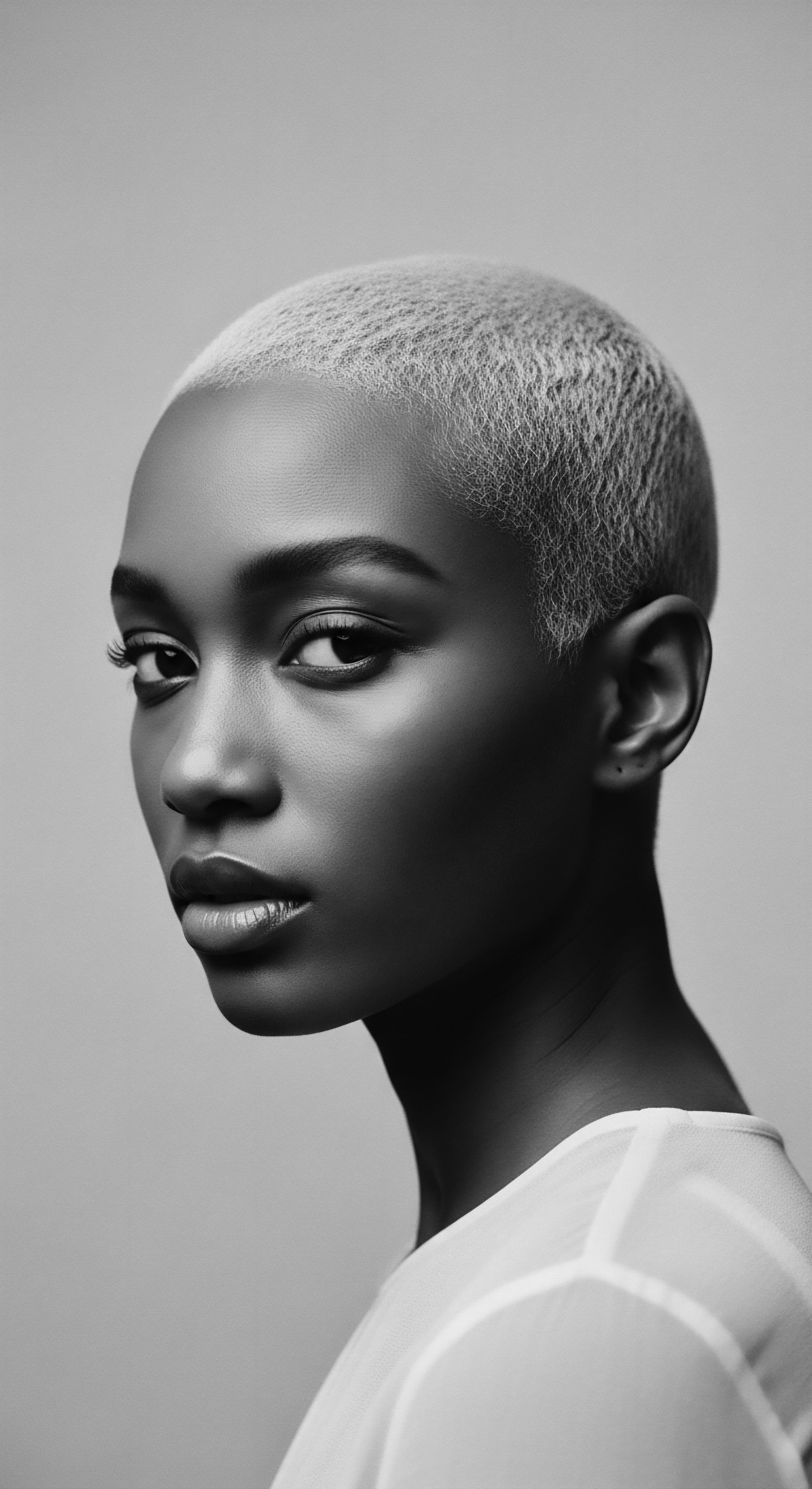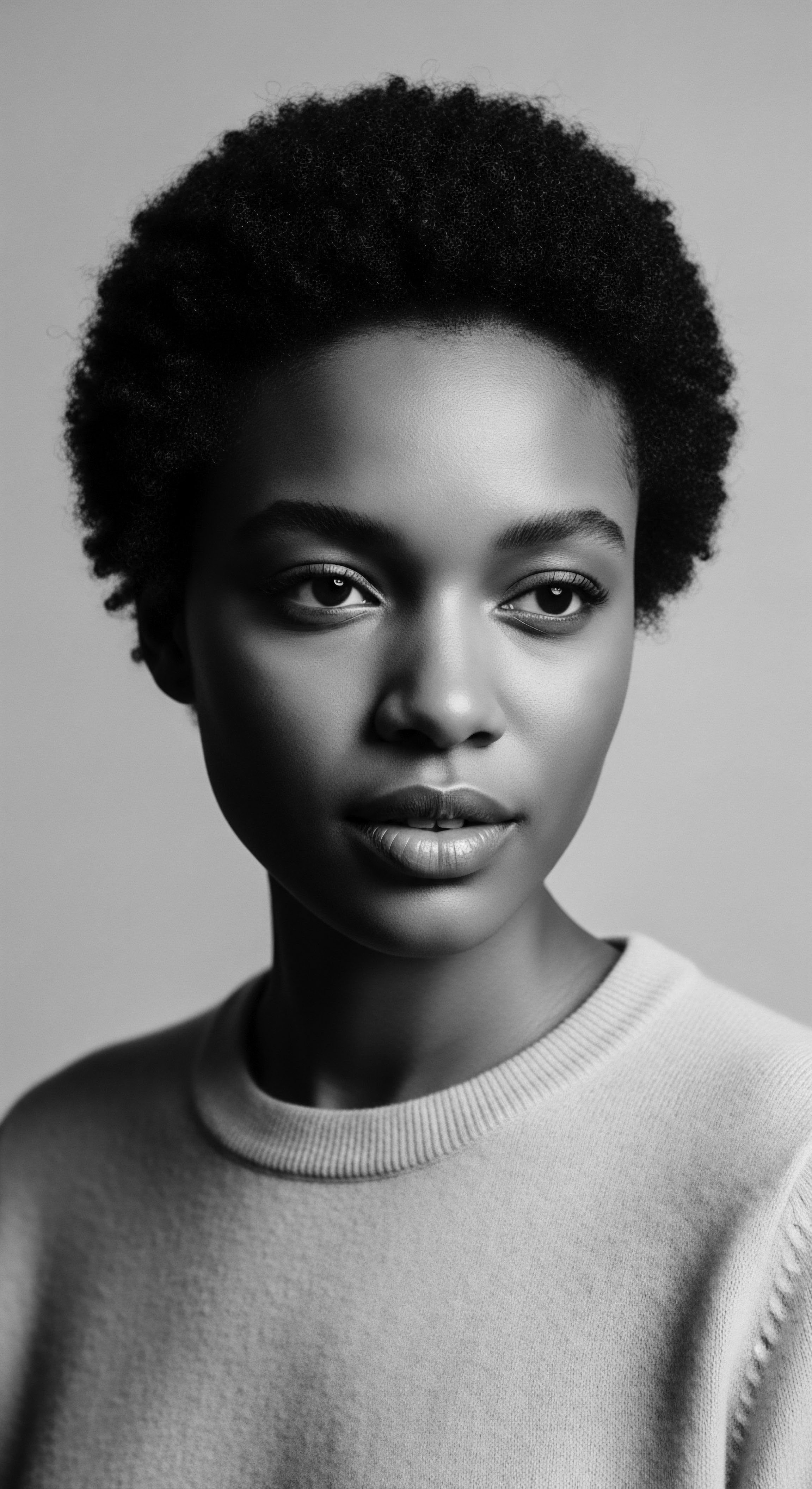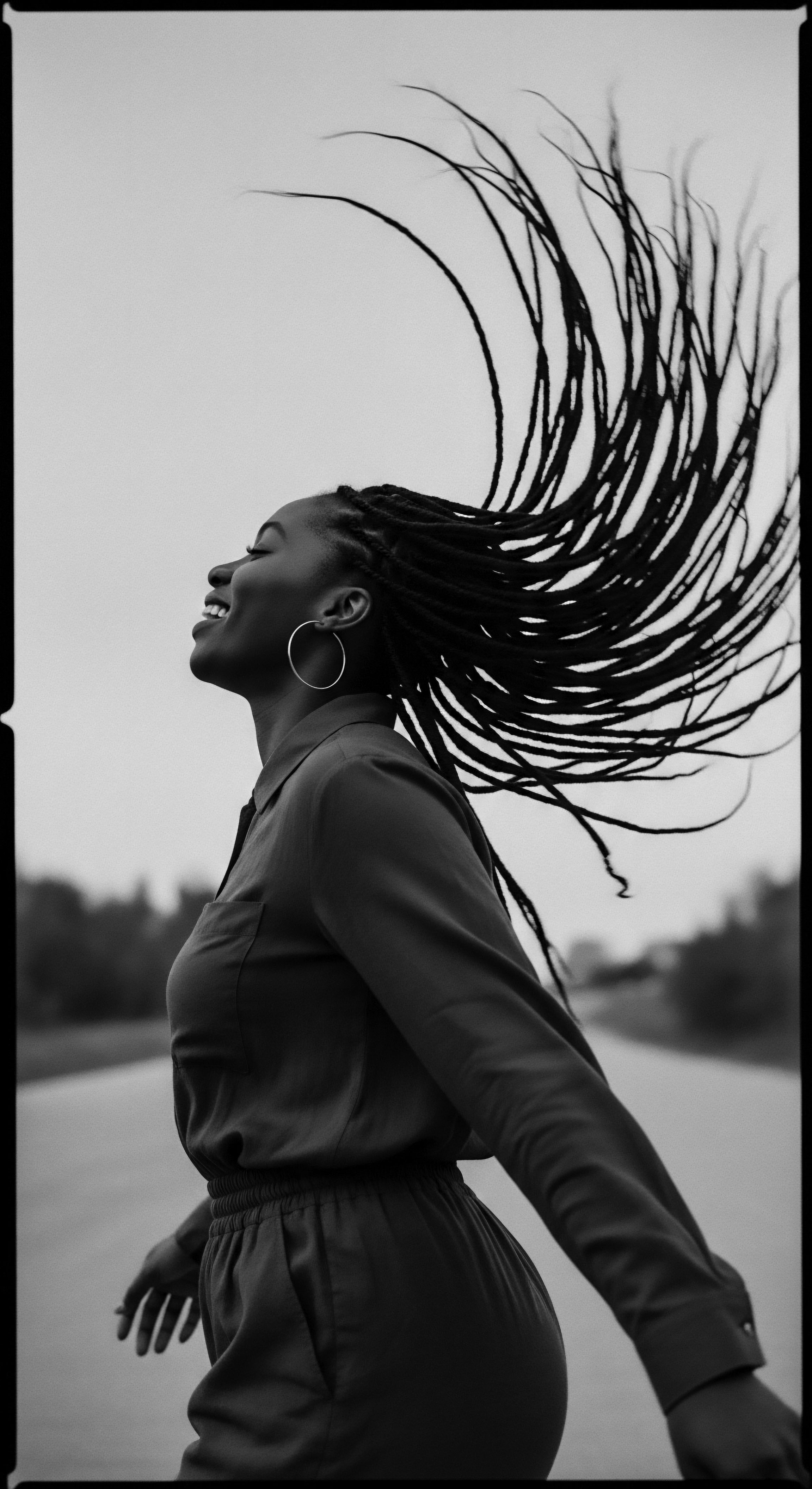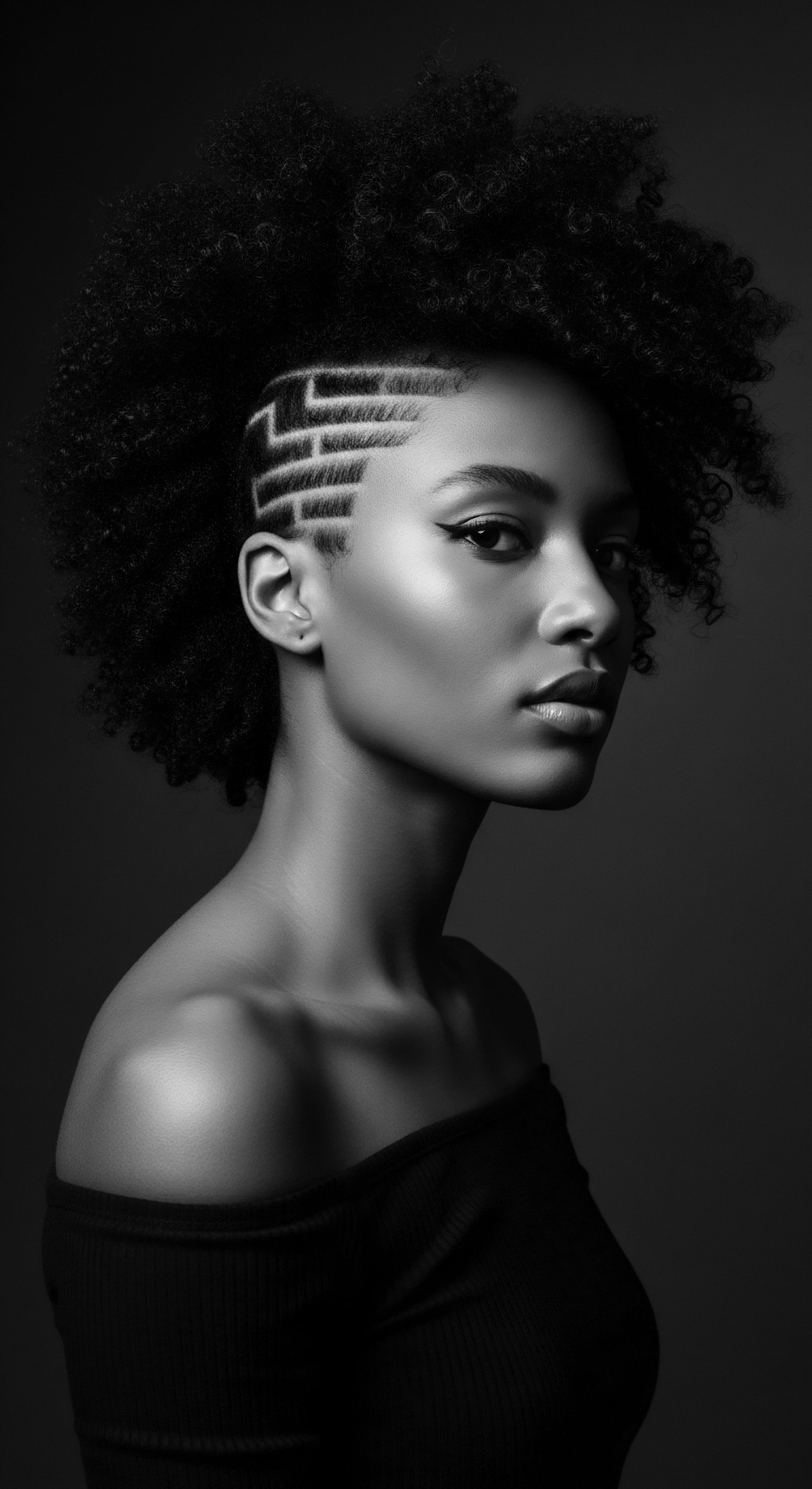
Why is textured hair more prone to moisture loss?
Textured hair's unique structure, an ancestral adaptation, renders it more permeable to moisture departure.

How did historical hair relaxers affect moisture levels in textured hair?
Historical hair relaxers severely stripped textured hair's natural moisture, compromising its structural integrity and necessitating a return to ancestral moisture-preserving heritage.

Why do certain fabrics, like cotton, affect textured hair’s moisture levels?
Cotton's absorbent cellulose structure draws moisture from textured hair, a challenge historically addressed through ancestral protective practices and material choices.

Can cotton pillowcases damage textured hair during sleep?
Cotton pillowcases, through friction and moisture absorption, can damage textured hair, a fact long recognized in heritage hair care.

What historical hair practices address moisture loss in textured hair?
Historical hair practices addressed moisture loss in textured hair through ancestral oiling, protective styling, and holistic wellness, deeply rooted in heritage.

Do cotton pillowcases cause textured hair dryness and breakage?
Cotton pillowcases absorb vital moisture and create damaging friction for textured hair, a challenge addressed by ancestral protective practices.

Why do textured hair strands experience moisture loss?
Textured hair’s unique structure, shaped by heritage, causes faster moisture escape and demands intentional hydration.

Can shea butter’s barrier effect prevent moisture loss in textured hair?
Shea butter’s occlusive properties, deeply rooted in ancestral practices, effectively create a moisture-preserving barrier for textured hair.

Why is textured hair inherently prone to moisture loss?
Textured hair's coiled structure naturally lifts its cuticle, increasing surface area for moisture to escape, a reality met by centuries of heritage-rooted care.

How did desert plants address textured hair moisture loss?
Desert plants address textured hair moisture loss by providing natural humectants and emollients, echoing ancestral practices for hydration and protection.

Why does textured hair lose moisture more quickly than straight hair?
Textured hair's coiled structure and raised cuticles, a legacy of its heritage, cause it to lose moisture faster.

Why does textured hair lose moisture?
Textured hair loses moisture readily due to its unique structural coils, uneven sebum distribution, and historical care practices that sometimes compromised its natural integrity, necessitating a heritage-informed approach to hydration.

Why is textured hair particularly susceptible to moisture loss?
Textured hair's coiled structure and fewer cuticle layers lead to higher porosity, enabling rapid moisture loss, a reality long addressed by ancestral care traditions.

Why does textured hair lose moisture readily?
Textured hair readily loses moisture due to its coiled structure and lifted cuticle, a characteristic deeply understood and managed through ancestral heritage.

How do specific fabrics damage textured hair?
Specific fabrics cause friction and absorb moisture, damaging textured hair, a concern recognized in ancestral care practices.

Why are lipids crucial for textured hair’s defense against moisture loss?
Lipids shield textured hair by forming a protective barrier, a defense rooted in ancestral care and cultural practices.

Can plant knowledge truly address textured hair moisture loss?
Plant knowledge deeply rooted in heritage offers potent, scientifically supported solutions for textured hair moisture loss.

Does cotton cause textured hair frizz?
Cotton's absorbent nature and rough texture can strip textured hair of moisture and disturb its cuticles, contributing to frizz, a challenge historically addressed through adaptive care rooted in heritage.

Can environmental factors worsen textured hair’s moisture loss?
Environmental factors, particularly humidity and sun, can worsen textured hair's moisture loss, a challenge historically met with ancestral care.

What is the biological reason textured hair loses moisture more quickly than straight hair?
Textured hair's elliptical shape and coiled structure cause its cuticles to lift, allowing moisture to escape faster, a reality historically addressed through ancestral care.

What historical plant practices scientifically address textured hair fragility and moisture loss?
Historical plant practices addressed textured hair fragility and moisture loss through natural emollients and sealants.

Can silk bonnets truly reduce hair breakage and moisture loss for textured hair?
Silk bonnets reduce friction and preserve moisture, extending a heritage of hair protection for textured strands.

Moisture Loss
Meaning ❉ Moisture Loss is the depletion of water from the hair strand, profoundly influenced by textured hair's unique structure and historical care traditions.

Wind Damage
Meaning ❉ Wind damage is the environmental stress and moisture depletion impacting hair, especially textured strands, leading to frizz and breakage.

